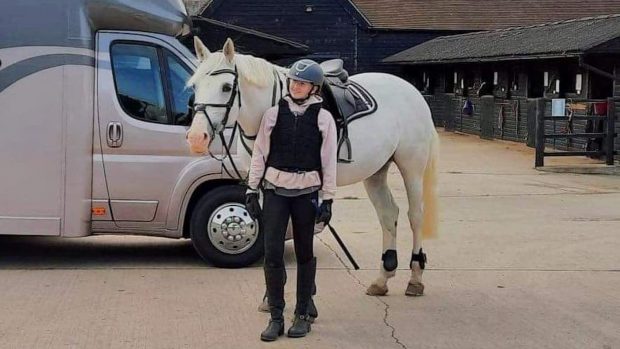Obvious broken bones
These are mostly fractures of the long bones, across the main supporting shaft of the limb. As these bones have a vital weight-bearing role, a fracture here is usually bad news. The majority of such fractures will be impossible to repair, particularly in any horse weighing more than 300kg. If there is an open wound and a broken bone sticking out through the skin, the tissue damage and infection will be overwhelming.
Less obvious broken bones
These are mostly fractures of small bones, such as those within the hock, knee or foot. These bones suffer a range of different fractures and treatment depends on the size of fragment, angle of the fracture plane and degree of joint involvement. Some of these injuries may be treatable and the horse may return to full work.
Non-apparent fractures
These include hairline cracks and so called starburst fractures, which have not displaced. These will heal, provided the bones do not undergo further damage, transforming them into an obvious catastrophic fracture. Similarly difficult to detect are the stress or fatigue fractures most commonly found in young Thoroughbred racehorses, which can rarely be diagnosed definitively simply by looking at the horse. A problem with less obvious injuries is that the horse may only be transiently lame. Consequently, the horse may be turned out or return to work before the damage has repaired, resulting in more serious injury.
Chip fractures
These occur when a small fragment of bone chips off. The severity of the injury depends on the site of damage. For instance, if there is a bone chip within a joint, there is the potential for crippling degenerative joint disease to develop.
Other non-weight bearing lameness
Finally there is severe non-weight bearing lameness that thankfully turns out not to be a fracture at all and may be a bruise to the bone, pus in the foot, or something else entirely.




